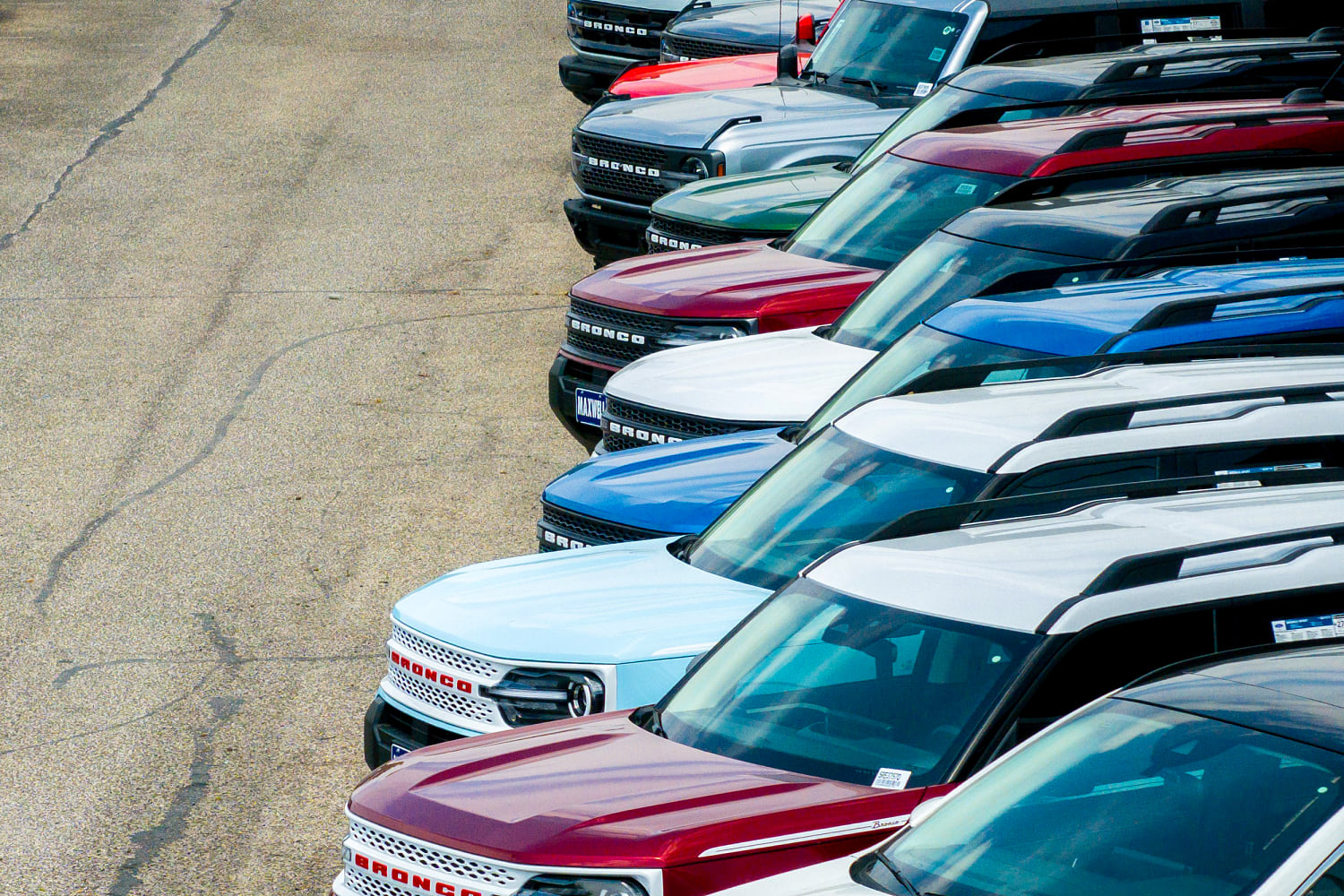
U.S. automakers are set to get a break on some of the sweeping tariffs President Donald Trump is imposing.
Yet even with the new waivers, the outlook for America’s longest-lived carmakers remains cloudy, with General Motors saying Tuesday it was “reassessing” its earnings guidance in light of the uncertainty over the tariffs impact.
A White House spokesperson confirmed that automakers paying Trump’s tariffs on imported cars, which went into effect this month, will not be forced to pay other duties Trump has implemented, like those on steel and aluminum.
However, the exemptions are retroactive, meaning the firms must first pay the duties, then apply for reimbursement.
In addition, U.S.-based automakers will also be eligible for reimbursement for tariffs on foreign-made auto parts, which are set to go into effect on Saturday, May 3. Those reimbursements would be equal to 3.75% of the value of a U.S.-made car for one year, then fall to 2.5% of the car’s value in a second year, and then phased out altogether.
The new breaks were first reported by The Wall Street Journal.
The White House said the change was a reflection of cooperation between the administration and the auto industry.
“President Trump is building an important partnership with both the domestic automakers and our great American workers,” Commerce Secretary Howard Lutnick said in a statement. “This deal is a major victory for the President’s trade policy by rewarding companies who manufacture domestically, while providing runway to manufacturers who have expressed their commitment to invest in America and expand their domestic manufacturing.”
Automakers applauded the new stance. Ford said it “welcomes and appreciates these decisions by President Trump, which will help mitigate the impact of tariffs on automakers, suppliers and consumers.”
GM CEO Mary Barra said the company was “grateful to President Trump for his support of the U.S. automotive industry and the millions of Americans who depend on us.
“We believe the President’s leadership is helping level the playing field for companies like GM and allowing us to invest even more in the U.S. economy,” Barra said in a statement. “We appreciate the productive conversations with the President and his Administration and look forward to continuing to work together.”
Stellantis, the company that owns Dodge, Ram and Jeep, said it appreciated Trump’s “tariff relief measures.”
“While we further assess the impact of the tariff policies on our North American operations, we look forward to our continued collaboration with the U.S. Administration to strengthen a competitive American auto industry and stimulate exports,” it said.
Yet GM warned Tuesday that the impact to its financial position from the auto tariffs could still be “significant” and as a result was “reassessing” its guidance as it awaited “greater clarity.”
“The prior guidance can’t be relied upon, and we’ll come back to the market with clarity as soon as we have it,” the company said.
GM shares were down about 2% when markets opened Tuesday.
GM CFO Paul Jacobson declined to disclose how much the tariffs, including 25% levies on imported vehicles effective April 3, have cost the Detroit automaker thus far, CNBC reported. The company also moved its earnings call with investors to Thursday.
Given that the automakers will have to apply for reimbursements, the new arrangement still poses potential cashflow concerns for the firms. U.S. customers could also still face higher costs depending on how the reimbursement policy ends up being implemented.
While prices on new cars have held steady in recent quarters, they could increase this summer as the tariffs begin taking effect and “pre-tariff” inventory is sold, according to Cox Automotive Executive Analyst Erin Keating.
“How high prices rise for consumers is still very much to be determined, as each automaker will handle the price puzzle differently,” Keating told Kelley Blue Book, with prices up 10% to 15%.








